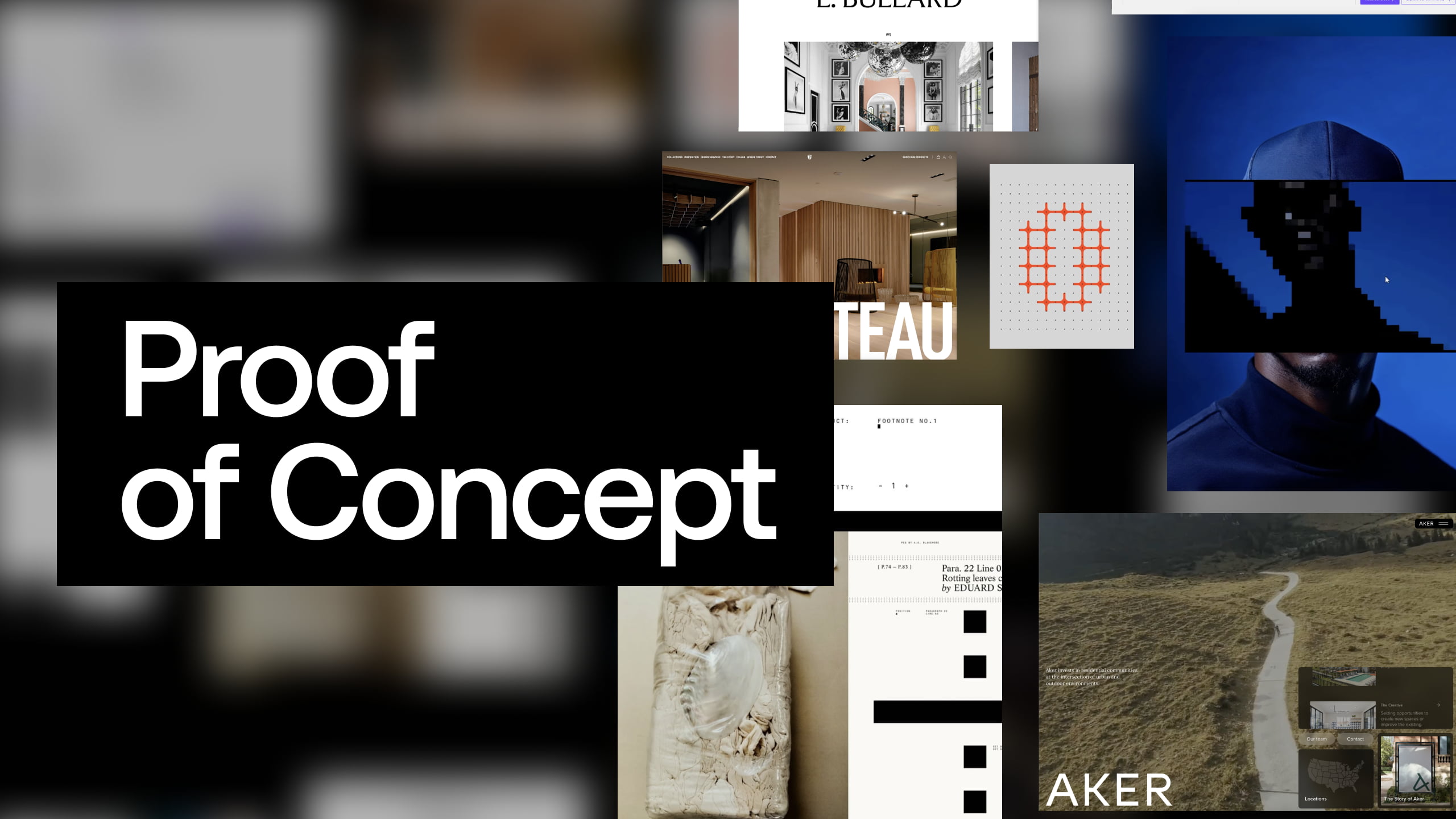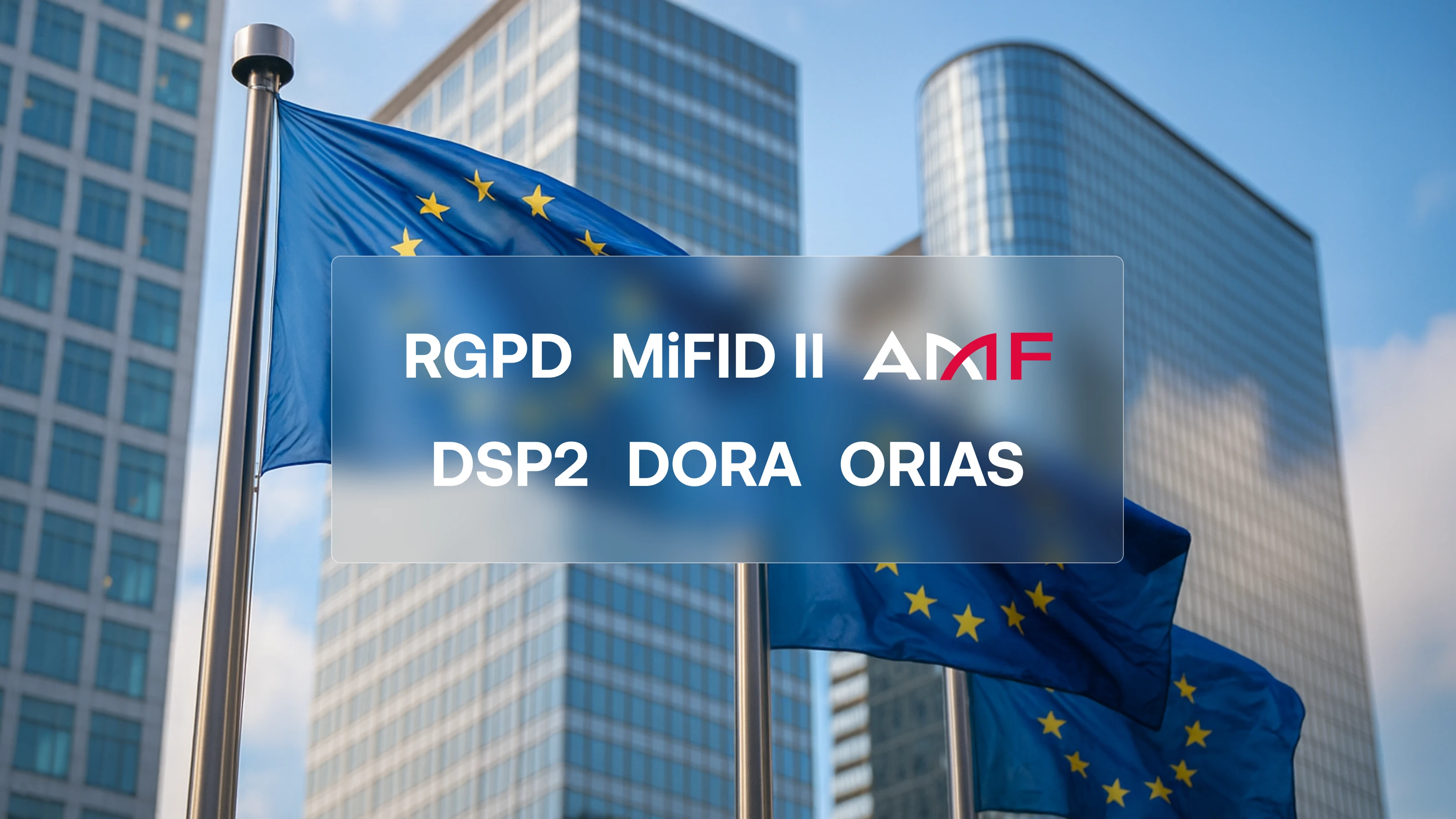John Mueller, Search Relations Team Lead at Google, confirmed it on the Google Search Central YouTube channel: an optimized HTML semantic structure helps search engines better understand your website's layout and the content of your pages, which enhances its indexing.
In this article, discover how to adjust the HTML semantic markup of your Webflow site and explore some educational resources to learn how to optimize it.
1. Why optimized HTML semantics boost your SEO
According to the video posted on Search Central, when properly implemented, semantic markup improves the indexing of your site's pages. Consequently, this increases your site's visibility on search engines.
By the way, if SEO interests you, I encourage you to follow the 'Google Search Central' YouTube channel.
2. Steps to mark up your Webflow site
2.1 How to change an element's tag?
In Webflow, to alter an element's tag, follow these steps:
- Select the element
- Go to the settings panel (D)
- Choose a tag from the dropdown list
2.2 What are the available HTML "tag" options?
- Header
- Footer
- Nav
- Main
- Section
- Article
- Aside
- Address
- Figure
- H1-H6

Want to learn more and understand how to utilize them?
3. Two free educational resources to master semantic markup
3.1 Example of HTML semantic tags with Finsweet

Explore a comprehensive cloneable that pedagogically illustrates the use of semantic markup in Webflow, provided by Finsweet.
Access the cloneable on Webflow
3.2 Client-First: Master HTML semantics
Dive into exhaustive and detailed documentation that guides you through the world of semantic tagging.
Check the Client-First documentation
💡 Tip: If you use the Relume Library component library, know that it defaults to appropriate semantic markup. This simplifies integration and saves you time!
Discover the Relume Library here →
Conclusion
Optimizing HTML semantics is not just about adhering to standards and enhancing web accessibility. It is also a powerful way to improve your site's visibility on search engines. By understanding and correctly applying these tags, you give your content the best chance to be discovered. To dive deeper and master all aspects of SEO on Webflow, check out our comprehensive SEO guide for Webflow.







